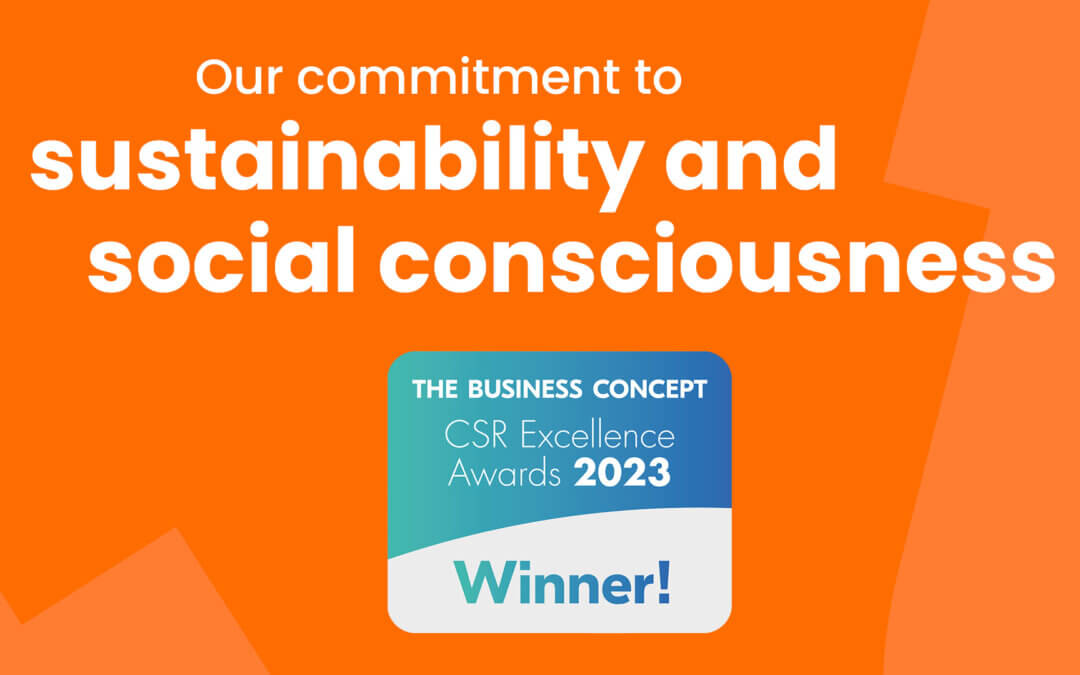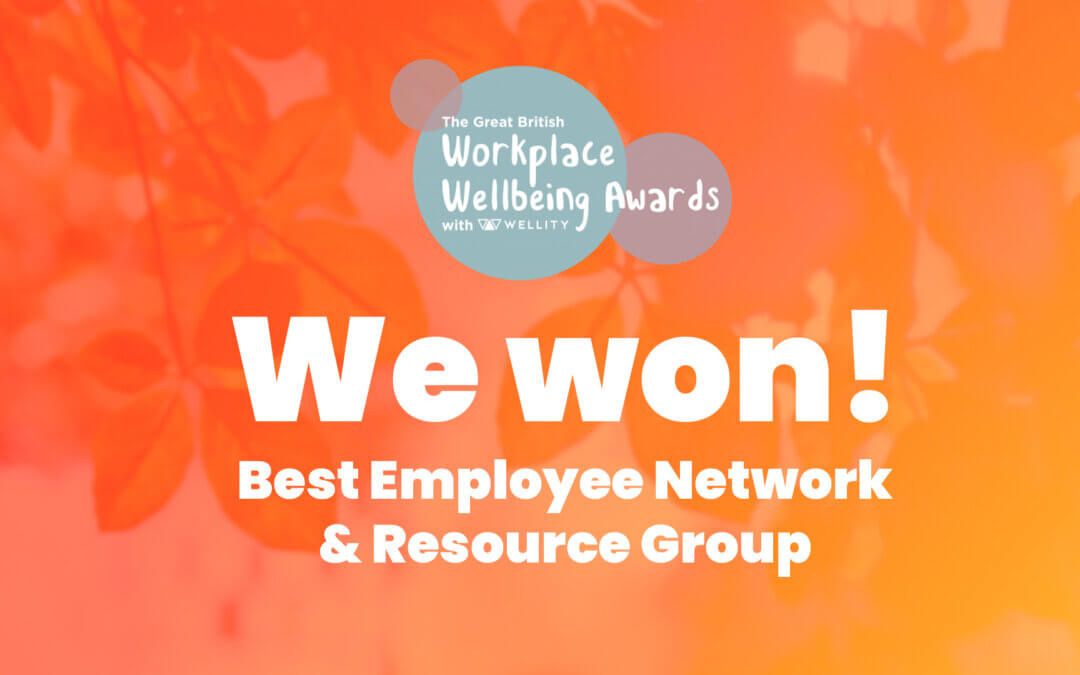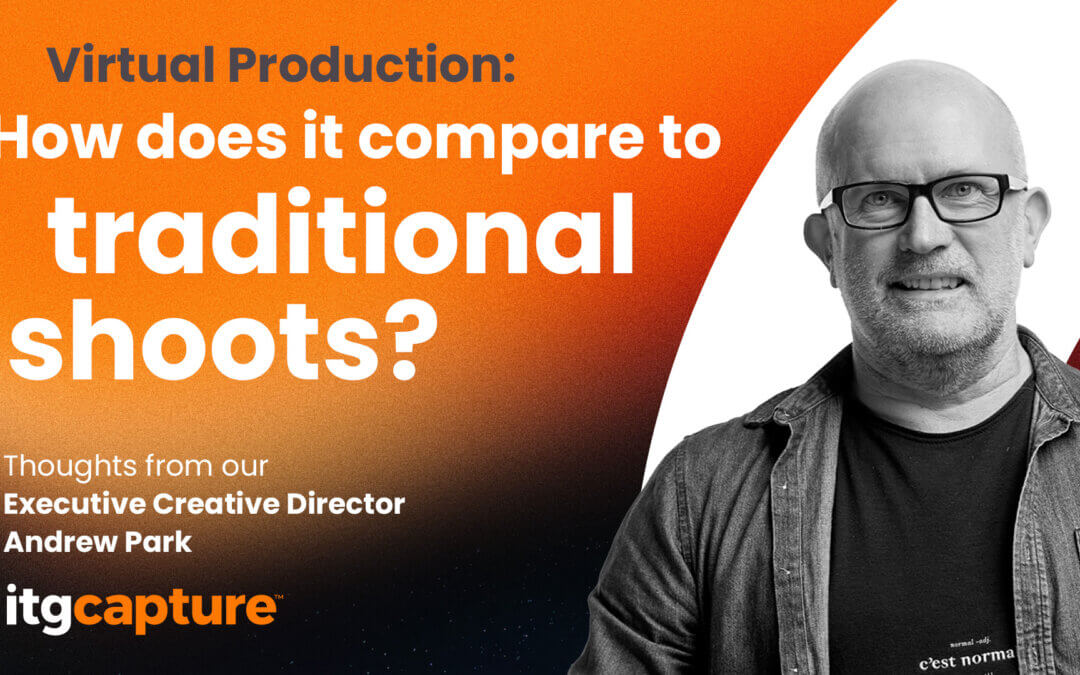Marketing technology is advancing at pace and already provides incredible opportunities for brands to boost their marketing output in a faster, more efficient way than ever before. So why are we still not capitalising on its full potential?
Marketers questioned by Gartner for its 2022 Martech survey use – on average – only 42% of their marketing technology’s capabilities. This is down significantly from 2020’s already dismally low figure of 58%.
So, what’s going wrong?
According to Gartner, the problem doesn’t lie with the technology. In fact, it declares that martech has “blazed a trail” by improving efficiency, unlocking new customer experiences and driving customer and business outcomes.
Gartner instead points the finger at change management and staff training – or rather the lack of it. These are critical to martech adoption, yet according to those who took the survey, properly managed change is a low priority for many companies.
This is extremely worrying. It’s not just that marketers aren’t making the most of their tech and are missing out on opportunities for sales and growth, but poor utilisation can also mean that martech investment falls under the CFO’s spotlight.
Why have we invested in a system we’re not using properly? And more to the point, why should we continue to invest in martech if it’s not delivering what it promised?
Technology is crucial to helping marketers navigate the vastly complex world of personalised, omnichannel marketing. Those who let their tech fall behind could be playing catch-up for years.
Look to the ecosystem
“Not only do marketers struggle to get to grips with multiple platforms, but the problems only grow as the various systems evolve away from each other”
One of the biggest obstacles to effective change management and training – and thus adoption and full utilisation – is the complexity of so many companies’ marketing technology ecosystems.
Many companies have invested in different platforms from multiple vendors, each performing a different function (but often with a confusing degree of overlap). These systems have divergent roadmaps and offer varied and not always compatible ways of working.
Not only do marketers struggle to get to grips with multiple platforms, but the problems only grow as the various systems evolve away from each other.
Positive signs
“60% of respondents now favour an ‘integrated suite’ approach, with key marketing functions supplied through fully integrated technology”
Gartner does offer a ray of hope, however. The survey reports that 60% of respondents now favour an ‘integrated suite’ approach, with key marketing functions supplied through fully integrated technology from the same vendor. Support for this sensible approach is up from 42% just 12 months ago.
Last year, more people (44%) supported the dubious ‘best-of-breed’ approach – picking favoured platforms for each marketing function from different vendors. Support for this way of creating a martech ecosystem has dropped to just 25% this year.
Clearly, lockdown exacerbated problems around employing systems from multiple vendors. When people work alongside each other, it’s easier to take manual steps to compensate for failings in your tech ecosystem. When people are working remotely, they are more reliant on the tech, and the cracks soon begin to show.
Marketing fatigue
“What was designed to make things easier instead makes things more complex. And when this happens, adoption rates take a dive.”
‘Martech fatigue’ – not fully utilising your technology because of the complexity of your tech ecosystem – is not a new phenomenon. My company has spent a good deal of time unravelling complex tech landscapes for well over a decade.
Occasionally, the ecosystems we come across are planned, constructed under the false assumption that investing in multiple platforms that are individually good will magically lead to the perfect tech ecosystem – in much the same way as eclectic decorating styles aim to produce a pleasing result by putting together unrelated, but aesthetically agreeable household furnishings.
But martech isn’t furniture. If platforms don’t seamlessly integrate – now and into the future – marketers won’t get the most out of them, and in some cases simply won’t use them.
External consultants have been known to support the best-of-breed argument. After all, there’s good money to be made from integrating disparate systems and developing a ‘vanity layer’ interface to sit on top to give the pretence of a unified platform.
More often, however, poor martech landscapes are the result of individual purchasing decisions, frequently driven by different teams. Either way, what was designed to make things easier instead makes things more complex. And when this happens, adoption rates take a dive.
Tech audit
“The most important factor for success is fully understanding what the marketing function – and each individual team – is trying to achieve”
Gartner recommends performing an audit of your technology every six months, as well as encouraging team members to identify potential inefficiencies and speak up about obstacles to using current tools.
We’ve undertaken several hundred ‘discoveries’ of tech ecosystems over the years and identifying strengths and failings of current systems is clearly a good start.
However, probably the most important factor for success is fully understanding what the marketing function – and each individual team – is trying to achieve, and from this identify the most efficient way of doing it.
It’s amazing how often tech is failing because it is trying to support the wrong way of working – one that is usually only employed because it’s “how things have always been done”.
Before you can confidently scope and configure the right martech for your needs, you need to identify the most suitable and efficient processes to achieve your aims, then gain buy-in from stakeholders for the improved ways of working.
If you’re using your tech to support better processes, it’s possible your existing platforms will better fit the bill. More often, however, a complete tech rethink is required, especially if you’ve pursued a best-of-breed strategy up to now.
Managing change
“Although a streamlined ecosystem will support buy-in, it doesn’t negate the need for effective training and change management”
Armed with your tech audit, the most appropriate ways of working and an ‘integrated suite’ approach to martech, you can set about finding the right technology to meet your current and future needs.
An integrated approach might still necessitate properly configured integrations for specialised tools, but building your ecosystem around a single platform will not only provide huge efficiencies, it will also promote widespread adoption and utilisation.
Remember, however, that although a streamlined ecosystem will support buy-in, it doesn’t negate the need for effective training and change management.
Clearly, you’ll be talking to software vendors to assess the level of support they provide. In my view, the onus should be fully on them to do the heavy lifting for you. Get them to present detailed transition plan to you at the earliest opportunity.
Transition, at the very least, involves one-to-one contact with key stakeholders and a detailed communication strategy, covering not just employees, but agency partners and suppliers with access to the system.
The detailed transition plan should document key communications, meetings, workshops and milestones, and a structured user-specific training plan should be created, agreed and locked into the transition plan.
Successful change management is about winning hearts and minds – change should never feel forced. With the right processes, tech and transition strategy, you should soon find yourself using 100% of your martech’s capabilities.
Enjoy this Simon Says article? Check out the series in full here, and look out for more entries coming soon! Plus, if you’ve got any questions about marketing technology, or want to know more about our connected creative services, contact hello@teamitg.com
Fill in the form and we’ll get back to you.










